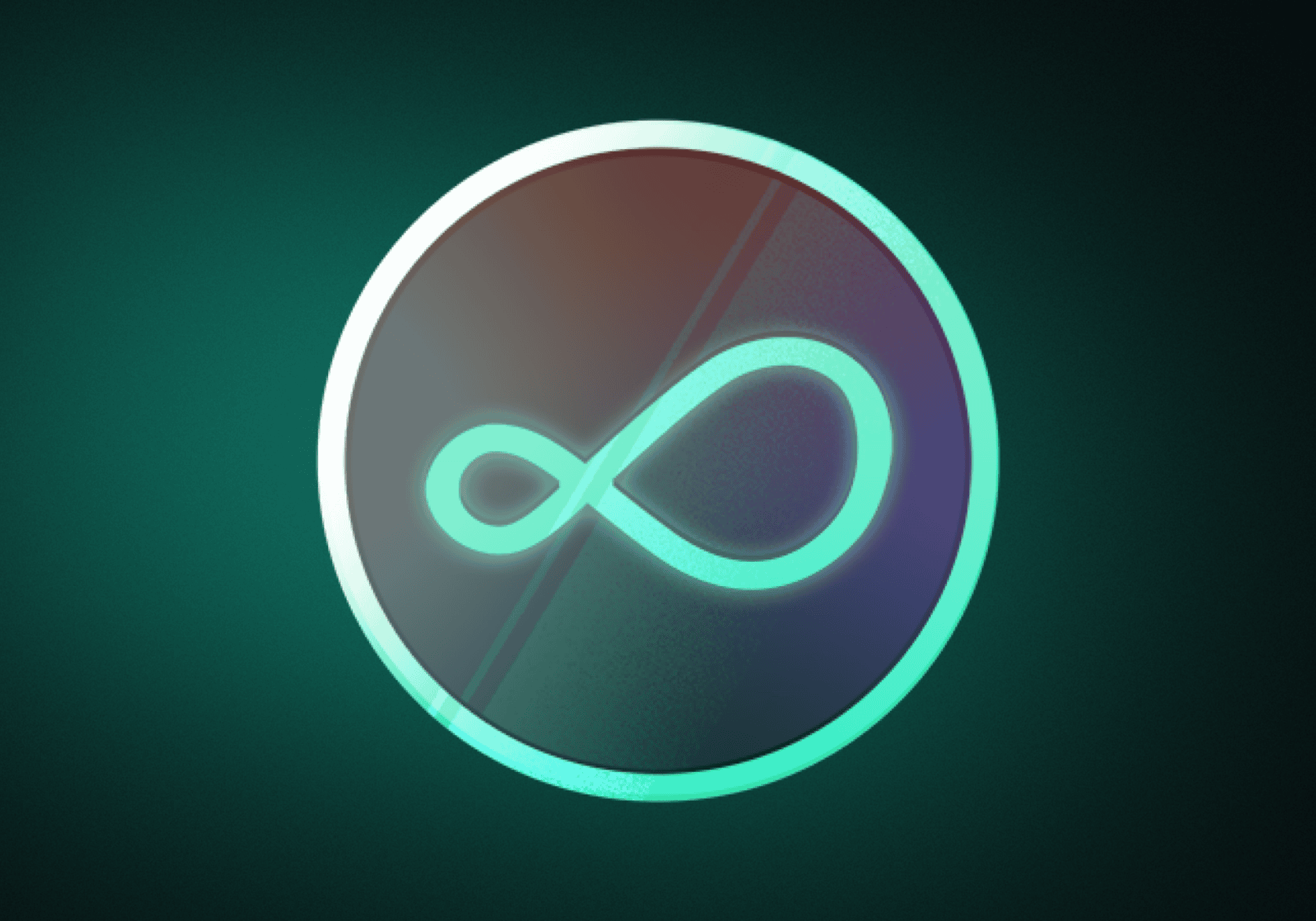Understanding Obol Collective and Its Vision
Obol Collective is a groundbreaking project in the Ethereum staking space. It introduces a new way to operate validators through a system called Distributed Validator Technology (DVT). This changes how nodes participate in consensus.
Instead of one operator running a validator alone, Obol allows multiple operators to share control. They form what’s known as a validator cluster. This setup improves fault tolerance and decentralization.
Obol’s mission is clear. It wants to make Ethereum’s core infrastructure more secure, democratic, and sustainable. This aligns with Ethereum’s broader shift to Proof of Stake.
Why Ethereum Needs DVT
Single-node validators are risky. If the operator goes offline or acts maliciously, the network can suffer. Obol’s DVT solves this.
Multiple independent nodes can now co-run one validator. They work together. If one-third of the nodes go down, the validator still performs. This model boosts reliability.
Obol’s protocol relies on Charon, a middleware client. Charon handles communication between nodes. It synchronizes consensus duties and ensures signatures are shared securely. Most importantly, it keeps private keys off-chain.
Charon: Obol’s Middleware Engine
Charon is the heart of the DVT system. It enables each node in a cluster to contribute a part of the signature. These are then combined into a full validator signature.
All of this happens without sharing private keys. Charon also broadcasts the final signed duties to the Ethereum network. This makes collaboration seamless and safe.
Inside Obol’s Product Suite
- DV Launchpad: Makes setting up validator clusters simple. Supports Sepolia, Holesky, Gnosis, and Ethereum mainnet.
- Obol Splits: Smart contracts that automate and secure reward distribution among node operators.
- SDK and CLI Tools: Designed for scalability. These tools work with Docker, Kubernetes, and Helm Charts for fast deployment.
Governance and Community Involvement
- Token House: OBOL holders can vote on proposals or delegate their rights.
- Retroactive Funding (RAF): Rewards contributors based on impact. Over 1 million OBOL was distributed in RAF1 during Q1 2025.
- Security Council: A multi-signature committee that responds to threats and approves key upgrades.
OBOL Tokenomics and Utility
- Total Supply: 500 million OBOL
- Allocations: 35.7% to ecosystem, 25.4% to investors, 12.5% to community, 7.5% for airdrops
What can OBOL be used for?
- Participating in votes and proposals
- Joining retroactive funding programs
- Staking via stOBOL vaults
- Future DeFi integrations, such as EigenLayer or Morpho lending
Backers and Community Interest
Obol has strong support from both institutional investors and retail users.
In 2023, it raised $12.5 million in Series A funding. Pantera Capital, Coinbase Ventures, and Delphi Digital were key participants. Their involvement signals high confidence in the DVT model.
The OBOL airdrop also drove massive attention. The project partnered with Binance Alpha. Over 7.5% of total OBOL supply was used in the campaign. Users needed 100 or more Alpha Points to qualify.
Gate.io’s Launchpool also made headlines. It offered an APR as high as 1825%, distributing more than 2.25 million OBOL. However, users should always confirm their eligibility and check lock-in conditions.
Challenges Facing Obol
- Token Price Volatility: OBOL could experience sharp price swings after its TGE.
- Unlocked Supply: Token unlocks may cause market pressure over time.
- Validator Complexity: Setting up a DVT cluster is easier with tools, but still requires technical knowledge.
Why Obol Collective Is a Big Deal
Obol Collective is changing how Ethereum staking works. With its unique use of Distributed Validator Technology, it reduces risks and improves network resilience.
The project is more than just a technical solution. It brings real governance power to its community. It also gives node operators the ability to collaborate without giving up control.
For Ethereum, this is a major step toward decentralized security. For users, stakers, and builders, Obol represents a more open, more robust way to participate in Ethereum.
Final Thoughts
Understanding what is Obol Collective helps you see the next frontier in validator design. If Ethereum is to scale securely, tools like DVT and projects like Obol will play a central role.
Disclaimer: This article is for informational purposes only and does not constitute financial advice.




